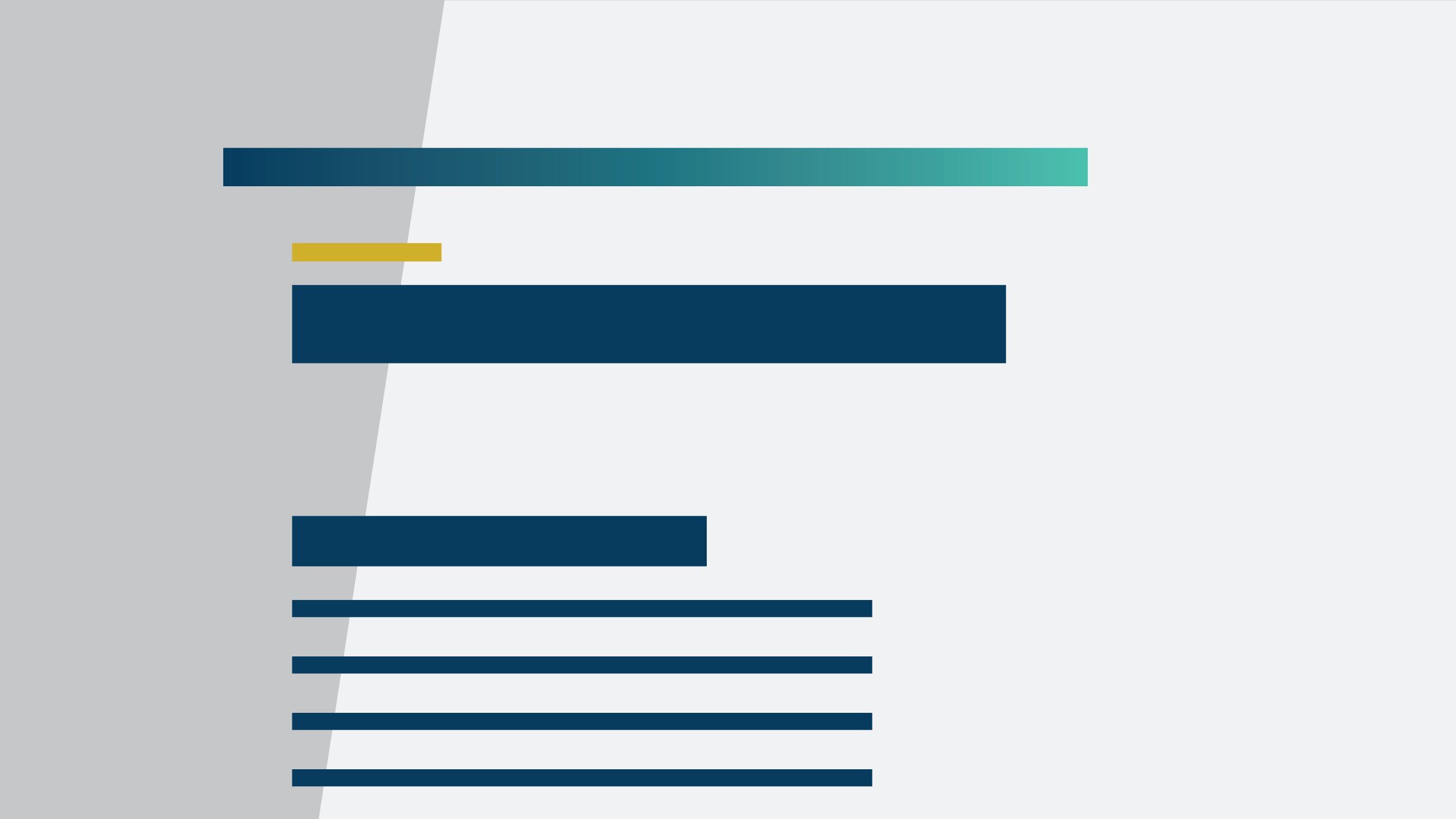Increased economic uncertainty weighed heavily on businesses that have continued to struggle with high costs, according to the July General Business Survey from the Federal Reserve Bank of Minneapolis.
The survey received 731 responses from business owners across the Ninth District. About half of respondents reported declines in both revenue and profits since last year. Many pointed to lower customer demand and cost increases.
Hiring continued to pull back, but only a small share of businesses reduced their overall head count. While those that were still looking for workers had more success finding applicants than in previous years, many mentioned struggling with labor costs and finding qualified employees. Respondents didn’t expect these challenges to lessen anytime soon; their outlook for the remainder of the year was more negative than positive.
Customers and clients tighten belts
About 47 percent of businesses reported that revenue had declined compared with the same quarter last year (see Figure 1). Profits also fell for half of respondents.
Expectations for revenue and profits in the next quarter leaned negative as well. Only 27 percent reported that they expect revenue to grow in the next three months.
Respondents noted their input costs had increased substantially compared with last year, but they were often apprehensive about passing these costs directly on to their customers. Many had seen a pullback in customer spending and feared increasing prices further.
“We have seen a lot of price sensitivity from customers to our prices, so we have had to keep pricing relatively flat and eat the increases in our materials,” wrote the owner of a manufacturing firm in Minnesota’s Iron Range.
Business owners mentioned that government policies often related to trade were putting pressure on costs and making customers skittish. Just over half of respondents said they were negatively impacted by recently proposed or implemented tariffs. Seven percent reported a positive impact. The rest saw little impact or were unsure.
“We are seeing rapid inflation in raw material markets (steel and aluminum are our major inputs) despite tepid overall demand,” wrote the owner of a Wisconsin manufacturing business. “The mills are seeking to greatly increase their profit margins via tariff protections.”
For others, the impact came from changes to demand. “Our direct impact [from] tariffs with respect to our supply chain is relatively minor, but the tariff turbulence is causing a considerable amount of consternation with our Canadian customers,” explained a manufacturer in North Dakota.
Labor costs add up, discourage hiring
Amid slowing demand and uncertainty, nearly half of responding businesses had stopped hiring. The share of firms looking for new full-time employees continued to decline as well (see Figure 2). However, only a small share was reducing their head count.
“Do we plan to grow and eventually hire? Yes, but the current uneasiness in the marketplace has most definitely affected current business as volume flows have become more unpredictable and stagnant,” responded the owner of a Twin Cities transportation company.
Businesses commented that affording higher labor costs amid the uncertainty this year was a challenge. While most were still raising wages, growth had moderated from the high levels seen during the pandemic recovery. Roughly a third of businesses did not increase their wages in the last year.
“We want to increase wages to offset cost of living increases each year,” wrote the owner of a Twin Cities services firm. “But it is difficult to keep up at that pace lately.”
In Minnesota, some businesses also mentioned challenges with the costs of recent time-off policies. “We can’t afford to raise wages because of the paid leave requirements,” responded the owner of a North Shore restaurant.
For businesses that were still hiring, they reported having more success getting applicants, but many of the applicants did not have the right skills or experience for the positions.
“It seems there are more people looking for work and less people looking at jumping ship,” observed the owner of a financial services firm in North Dakota. “Still a challenge finding ‘highly qualified’ people though.”
A foggy forecast for businesses
The challenges that businesses have faced this year, both new and old, made many respondents unsure of what the future may hold. “There is a lot of uncertainty right now and there is not solid-enough tangential evidence to predict the next six months,” wrote the owner of a South Dakota nonprofit.
In terms of their outlook, 43 percent of businesses had a pessimistic view of the next six months while only one-third were optimistic; a shift from the usual net positive outlook reported by respondents in the last few years.
While many have tried to adapt, businesses indicated they often struggled to see silver linings ahead. “We’re doing everything we can to stay creative and efficient,” wrote a retailer in Michigan’s Upper Peninsula.
“But the economic environment continues to make growth feel out of reach.”
The General Business Survey was conducted from July 14 through August 1, 2025. The survey received 731 question responses from business owners and key financial decision-makers of firms across the Federal Reserve’s Ninth District, which includes Minnesota, Montana, North Dakota, South Dakota, the Upper Peninsula of Michigan, and northwestern Wisconsin.
About 55 percent of responses came from Minnesota businesses, 13 percent from the Upper Peninsula of Michigan, 11 percent from North Dakota, 9 percent from South Dakota, 7 percent from northwestern Wisconsin, and 5 percent from Montana businesses. Survey results were obtained using a convenience sample of businesses contacted by local partners. Because of these factors, readers should exercise appropriate caution when interpreting results.
Haley Chinander is an analyst and writer at the Federal Reserve Bank of Minneapolis. In her role, Haley tracks and reports on the Ninth District economy with a focus on labor markets and business conditions. Follow her on Twitter @haleychinander.






